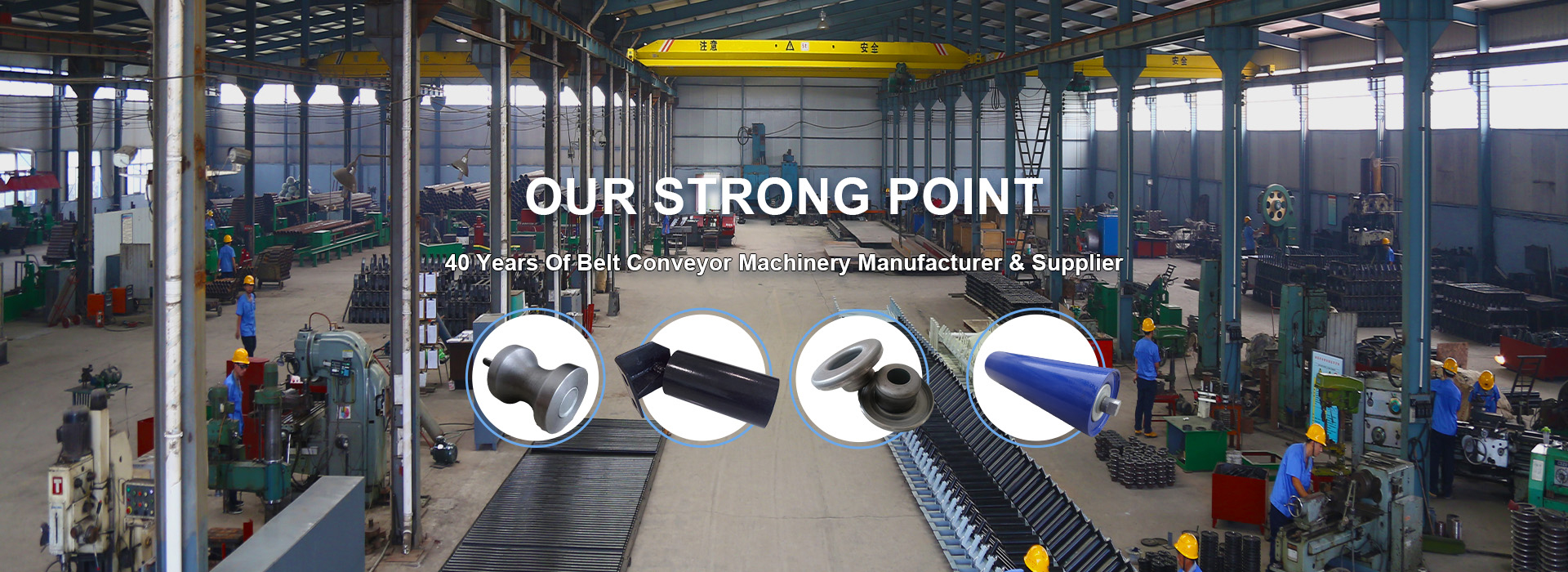 Afrikaans
Afrikaans  Albanian
Albanian  Amharic
Amharic  Arabic
Arabic  Armenian
Armenian  Azerbaijani
Azerbaijani  Basque
Basque  Belarusian
Belarusian  Bengali
Bengali  Bosnian
Bosnian  Bulgarian
Bulgarian  Catalan
Catalan  Cebuano
Cebuano  Corsican
Corsican  Croatian
Croatian  Czech
Czech  Danish
Danish  Dutch
Dutch  English
English  Esperanto
Esperanto  Estonian
Estonian  Finnish
Finnish  French
French  Frisian
Frisian  Galician
Galician  Georgian
Georgian  German
German  Greek
Greek  Gujarati
Gujarati  Haitian Creole
Haitian Creole  hausa
hausa  hawaiian
hawaiian  Hebrew
Hebrew  Hindi
Hindi  Miao
Miao  Hungarian
Hungarian  Icelandic
Icelandic  igbo
igbo  Indonesian
Indonesian  irish
irish  Italian
Italian  Japanese
Japanese  Javanese
Javanese  Kannada
Kannada  kazakh
kazakh  Khmer
Khmer  Rwandese
Rwandese  Korean
Korean  Kurdish
Kurdish  Kyrgyz
Kyrgyz  Lao
Lao  Latin
Latin  Latvian
Latvian  Lithuanian
Lithuanian  Luxembourgish
Luxembourgish  Macedonian
Macedonian  Malgashi
Malgashi  Malay
Malay  Malayalam
Malayalam  Maltese
Maltese  Maori
Maori  Marathi
Marathi  Mongolian
Mongolian  Myanmar
Myanmar  Nepali
Nepali  Norwegian
Norwegian  Norwegian
Norwegian  Occitan
Occitan  Pashto
Pashto  Persian
Persian  Polish
Polish  Portuguese
Portuguese  Punjabi
Punjabi  Romanian
Romanian  Russian
Russian  Samoan
Samoan  Scottish Gaelic
Scottish Gaelic  Serbian
Serbian  Sesotho
Sesotho  Shona
Shona  Sindhi
Sindhi  Sinhala
Sinhala  Slovak
Slovak  Slovenian
Slovenian  Somali
Somali  Spanish
Spanish  Sundanese
Sundanese  Swahili
Swahili  Swedish
Swedish  Tagalog
Tagalog  Tajik
Tajik  Tamil
Tamil  Tatar
Tatar  Telugu
Telugu  Thai
Thai  Turkish
Turkish  Turkmen
Turkmen  Ukrainian
Ukrainian  Urdu
Urdu  Uighur
Uighur  Uzbek
Uzbek  Vietnamese
Vietnamese  Welsh
Welsh  Bantu
Bantu  Yiddish
Yiddish  Yoruba
Yoruba  Zulu
Zulu hot vulcanized pulley lagging
The Importance of Hot Vulcanized Pulley Lagging in Industrial Operations
In the realm of industrial operations, the efficiency and longevity of equipment play a crucial role in determining overall productivity. One of the key components that significantly affects the performance of conveyor systems is the pulley. To enhance the functionality of pulleys, especially in high-friction and heavy-duty applications, hot vulcanized pulley lagging has emerged as a critical solution.
Hot vulcanized pulley lagging involves the application of rubber material onto the surface of a pulley at elevated temperatures. This process ensures a strong bond between the pulley and the lagging material, resulting in enhanced durability and performance. Unlike cold bonding methods, hot vulcanization creates a seamless and robust layer that is more resistant to wear and tear, making it ideal for demanding environments.
One of the primary benefits of using hot vulcanized lagging is improved grip and traction. Enhanced friction between the conveyor belt and the pulley reduces slippage, which is vital for maintaining optimal speed and efficiency in material handling operations. This increased traction is particularly beneficial in applications involving heavy loads or when operating on inclines.
hot vulcanized pulley lagging

Moreover, hot vulcanized lagging provides superior resistance to environmental factors such as moisture, oil, and chemicals, which can compromise the integrity of standard pulley surfaces. This resistance not only prolongs the lifespan of the pulley itself but also reduces maintenance costs and downtime, contributing to a more streamlined operation.
Another significant advantage is its customization potential. Manufacturers can tailor the lagging material to meet specific requirements, including different hardness levels, surface textures, and colors. This flexibility allows industries to select the best-suited lagging for their unique operational conditions, further enhancing reliability and performance.
In conclusion, hot vulcanized pulley lagging is an essential component in industrial settings, offering a multitude of benefits that enhance conveyor system efficiency and durability. As industries continue to evolve and demand higher performance from their equipment, the adoption of advanced solutions like hot vulcanized lagging will play a pivotal role in meeting these challenges. Investing in high-quality lagging materials not only ensures improved operational efficiency but also supports the longevity of critical machinery, ultimately leading to increased profitability.
-
Revolutionizing Conveyor Reliability with Advanced Rubber Lagging PulleysNewsJul.22,2025
-
Powering Precision and Durability with Expert Manufacturers of Conveyor ComponentsNewsJul.22,2025
-
Optimizing Conveyor Systems with Advanced Conveyor AccessoriesNewsJul.22,2025
-
Maximize Conveyor Efficiency with Quality Conveyor Idler PulleysNewsJul.22,2025
-
Future-Proof Your Conveyor System with High-Performance Polyurethane RollerNewsJul.22,2025
-
Driving Efficiency Forward with Quality Idlers and RollersNewsJul.22,2025





























